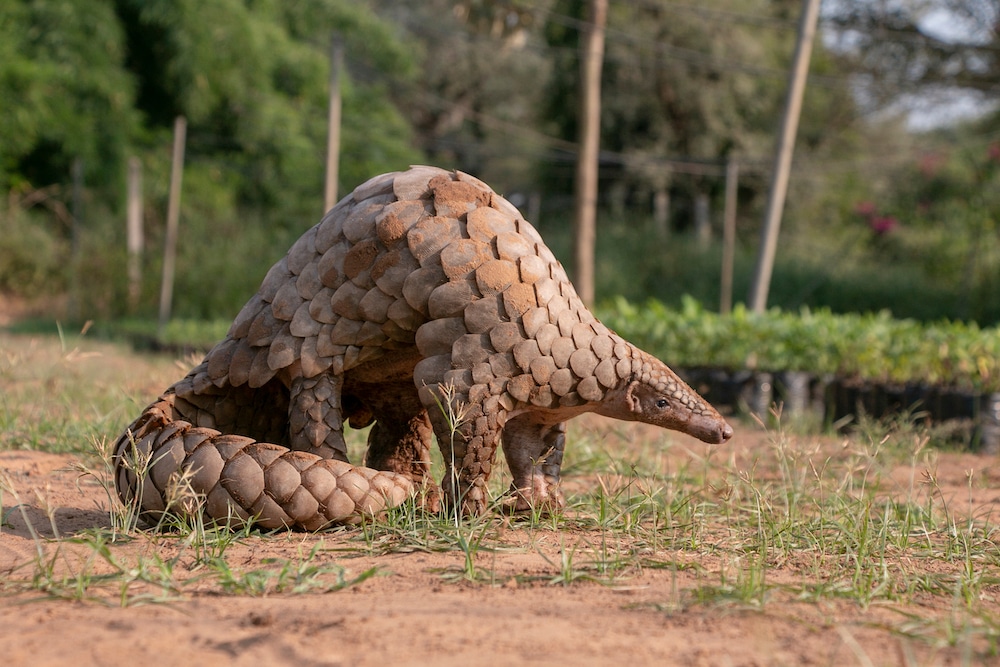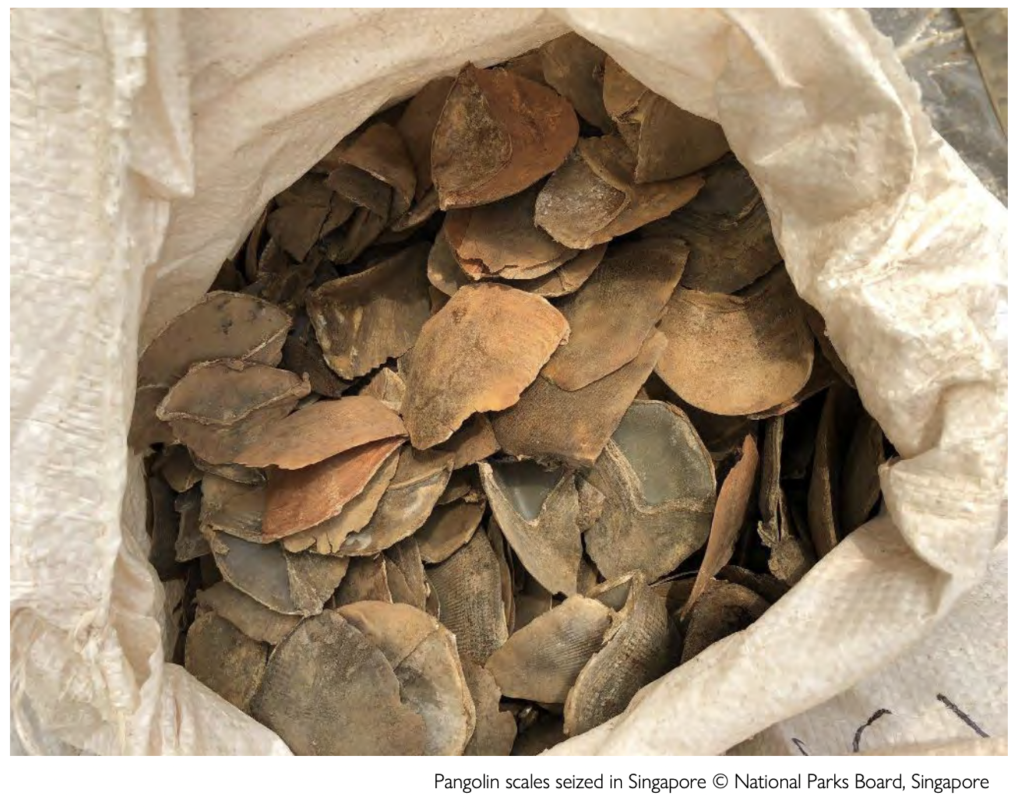
Insights: Poaching and the illegal wildlife trade
Poaching and the illegal wildlife trade: global impacts and actions
Each year, March 3 marks World Wildlife Day. It’s a day to celebrate the world’s wild plants and animals and raise awareness of the threats they face. This year’s theme is ‘Recovering key species for ecosystem restoration.’ In line with the UN Sustainable Development Goals (SDGs), this year’s aim is to raise awareness of the critical need to:
- reverse the fate of the most critically endangered species
- support the restoration of their habitats and ecosystems and
- promote their sustainable use by humanity.
In support of this theme, Wildlife Drones is taking the opportunity to explore one of the biggest threats facing wildlife across the world: poaching and the illegal wildlife trade. We’ll look at the problems the trade causes, its impact on some of the world’s most vulnerable animals, and some recent positive developments in the fight against the wildlife trade.
With best estimates suggesting that 26% of the world’s mammals, 21% of reptiles and 13% of birds are currently threatened with extinction, it’s more important than ever before that we take action to support biodiversity conservation.
Illegal poaching is one of the most serious threats to wildlife around the world
Around the world, hundreds of wild animals are threatened by the illegal wildlife trade every day. While some animals are hunted for their pelts and supposed medicinal properties, others are prized by collectors participating in the illegal pet trade.
There are no exact figures on the size of the illegal wildlife trade, but Conservation International estimates the cost at between $7 – 23 billion each year.
According to the United Nations 2020 World Wildlife Crime Report, between 1999 and 2018 nearly 6,000 different species of flora and fauna were seized from the illegal wildlife trade, with mammals (such as elephants, rhinos and pangolins) and reptiles making up the largest share of seized wildlife.
At the same time, the legal wildlife farming industry has also expanded dramatically with the value of the legal wildlife trade increasing by 500% since 2015.
Pangolins are at risk of extinction from wildlife trafficking
There are eight species of pangolin, found across Africa and Asia. These small mammals (that’s right – they’re not reptiles like many people think!) are covered in scales and are well-known for curling into a tight ball to protect themselves from predators. Unfortunately, these scales make them vulnerable to illegal poaching. In addition to pangolin meat being considered a delicacy, their scales are used in traditional medicine throughout Vietnam and China. However, the claimed medicinal qualities of pangolin scales are a complete myth, with clear scientific evidence demonstrating that all pangolin species’ scales (which are made of keratin, just like our fingernails) do not contain any analgesic properties.
According to wildlife charity Traffic, approximately 20 tonnes of pangolins and their parts are trafficked internationally each year, with 1 million pangolins estimated to have been poached in the last decade alone. That’s 1 million pangolins, on a clear path to extinction unless more action is taken.

The illegal wildlife trade also spreads disease
The impacts of the illegal wildlife trade are not restricted to endangered plants and animals.
There is growing awareness that by bringing humans into closer contact with animals, both the wildlife trade and the continued destruction of wildlife habitat, have the potential to drive the spread of disease. A recent UN report suggests that on average five zoonotic diseases are transferred to humans each year and that there are approximately 1.7 million undiscovered viruses in mammal and avian hosts that humans could be exposed to.
And while Covid-19 has thrust the wildlife trade—both legal and illegal—into the spotlight due to its likely origins in a wet-market, it’s not the first virus to be transferred from animals to humans. Ebola, AIDS, and the Hendra virus are all examples of devastating zoonotic diseases.
How has the Covid-19 pandemic affected the wildlife trade?
There are some indications that wildlife trade activity has fallen during the pandemic, due to international border closures, and trade and travel restrictions. The latest USAID Wildlife Asia Counter Wildlife Trafficking Digest reported significant reductions in the number and volume of pangolin, tiger, elephant, and rhino seizures in 2020, as compared to 2019.
However, it is not yet clear whether these temporary reductions reflect genuine changes in demand for wildlife products, or are simply the result of pandemic-induced supply chain disruptions. Indeed, USAID has found evidence of pangolin scale stockpiling, and a switch to online trade in response to the pandemic. Similarly, in some areas, a reduction in tourism income has contributed to reduced funding for anti-poaching activities in some vulnerable communities.
So what’s being done to curb the wildlife trade?
In April this year delegates will meet in Kunming, China, to participate in the second part of the 15th meeting of the Conference of the Parties (COP 15) to the Convention on Biological Diversity (CBD). This meeting will ‘review the achievement and delivery of the CBD’s Strategic Plan for Biodiversity 2011-2020’ and finalise the post-2020 global biodiversity framework.
The post-2020 framework will chart the global course to protect biodiversity as we transition into the post-2020 era. Broadly speaking, it is expected that the framework will:
- establish new biodiversity targets
- outline the actions and methods of implementation required to achieve these targets
- consider how best to engage members of the public, including Indigenous people, in biodiversity governance.
New wildlife trade regulations in China are also a promising step forward. For decades, China has been at the epicenter of the wildlife trade. In 2016, approximately 14 million people were employed in the legal wildlife farming sector, which generated US$77 billion. However, following the emergence of the Covid-19 pandemic, the Chinese government has tightened wildlife regulations, closing wildlife markets, and farms, and banning the consumption of wildlife for food.
China has also revised its ‘List of Protected Animals’, and overhauled its Catalogue of Animal Genetic Resource, which specifies which animals can be farmed or consumed. Under these measures, certain endangered animals—such as the pangolin and yellow-breasted bunting—have been elevated to the highest protection level, while others can no longer be farmed.
Wildlife Drones’ innovative technology is helping in the fight against illegal poaching
Studying the movements of wildlife vulnerable to illegal poaching is a vital part of protecting endangered species. Robust animal movement data is not only important for designing effective anti-poaching programs, but also provides important insights into post-release survival rates. As part of our commitment to the UN SDGs, Wildlife Drones continues to work with clients to empower them to make a difference with their critical anti-poaching work.
Since 2019, Wildlife Drones has teamed up with Save Vietnam’s Wildlife, to radio track pangolins that have been rescued from the illegal wildlife trade, and re-released into the wild. Being able to track multiple pangolins from the air for the first time expanded the team’s monitoring capacity, reduced the need to trek through hazardous dense jungle and enabled them to gain insights on pangolin survival that were not previously possible.
More recently, Wildlife Drones has also demonstrated the compatibility of our radio-tracking system to detect rhino horn implant tags from South Africa. These discreet wildlife transmitters embedded into rhino horns are designed to help conservationists monitor and protect these endangered animals from poachers.
Contact us today if you’d like to learn more about how our radio-tracking system can help you in the fight against wildlife poaching.

